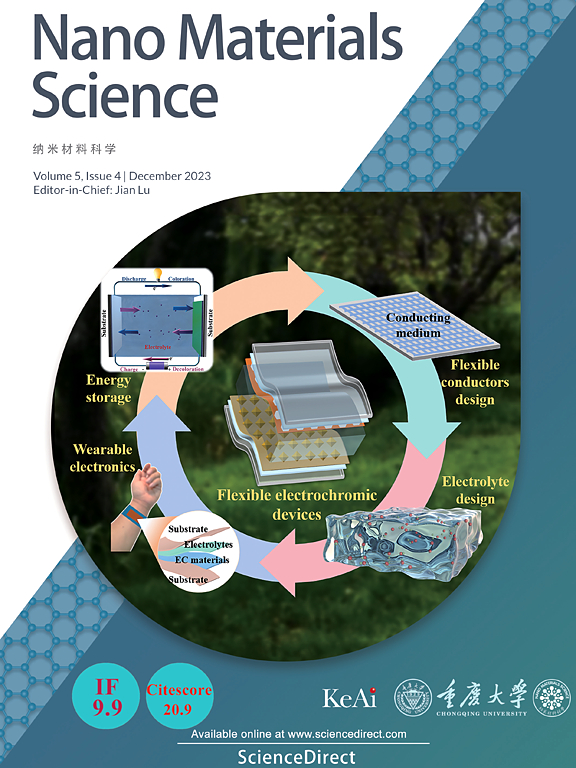Nanohydroxyapatite and liposomes-coated integral bilayer scaffold for osteochondral repair via mimicking the dual differentiation microenvironment of BMSCs
IF 17.9
2区 材料科学
Q1 Engineering
引用次数: 0
Abstract
Osteochondral defects pose an enormous challenge, and no satisfactory therapy is available to date due to the hierarchy of the native tissue consisting of articular cartilage and subchondral bone. Constructing a scaffold with biological function and biomimetic structure is the key to achieving a high-quality repair effect. Herein, a natural polymer-based bilayer scaffold with a porous architecture similar to that of osteochondral tissue is designed, involving the transforming growth factor-beta3-liposome-loaded upper layer for superficial cartilage regeneration and the nanohydroxyapatite-coated lower layer for subchondral bone rehabilitation. This research is conducted to evaluate the effects of nanoparticle-modified bilayer scaffold to mimic the hierarchical pro-chondrogenic and pro-osteogenic microenvironment for the recruited endogenous bone marrow mesenchymal stem cells. The fabricated composites were evaluated for mechanical, physicochemical, biological properties, in vitro and in vivo tissue regeneration potential. Overall, the current bilayer scaffold could regenerate a cartilage-bone integrated tissue with a seamless interfacial integration and exhibited superior tissue repair outcomes compared to other single layer scaffolds based on morphological, radiological and histological evaluation, verifying that this novel graft could be an effective approach to tissue-engineered analogs of cartilage-subchondral bone and offer new therapeutic opportunities for osteochondral defect-associated diseases.
纳米羟基磷灰石和脂质体包覆整体双层支架模拟骨髓间充质干细胞双分化微环境修复骨软骨
骨软骨缺损是一个巨大的挑战,由于天然组织由关节软骨和软骨下骨组成,迄今为止还没有令人满意的治疗方法。构建具有生物功能和仿生结构的支架是获得高质量修复效果的关键。本文设计了一种类似于骨软骨组织的多孔结构的天然聚合物双层支架,其中含有转化生长因子- β 3脂质体的上层用于软骨表面再生,纳米羟基磷灰石包被的下层用于软骨下骨修复。本研究旨在评估纳米颗粒修饰的双层支架对募集的内源性骨髓间充质干细胞模拟分层促软骨和促成骨微环境的影响。对制备的复合材料进行了力学、物理化学、生物性能、体外和体内组织再生潜力的评价。总体而言,基于形态学、影像学和组织学评估,目前的双层支架可以再生出具有无缝界面整合的软骨-骨整合组织,并且与其他单层支架相比,显示出更好的组织修复效果,验证了这种新型移植物可以成为组织工程软骨-软骨下骨类似物的有效途径,并为骨软骨缺陷相关疾病的治疗提供了新的机会。
本文章由计算机程序翻译,如有差异,请以英文原文为准。
求助全文
约1分钟内获得全文
求助全文
来源期刊

Nano Materials Science
Engineering-Mechanics of Materials
CiteScore
20.90
自引率
3.00%
发文量
294
审稿时长
9 weeks
期刊介绍:
Nano Materials Science (NMS) is an international and interdisciplinary, open access, scholarly journal. NMS publishes peer-reviewed original articles and reviews on nanoscale material science and nanometer devices, with topics encompassing preparation and processing; high-throughput characterization; material performance evaluation and application of material characteristics such as the microstructure and properties of one-dimensional, two-dimensional, and three-dimensional nanostructured and nanofunctional materials; design, preparation, and processing techniques; and performance evaluation technology and nanometer device applications.
 求助内容:
求助内容: 应助结果提醒方式:
应助结果提醒方式:


